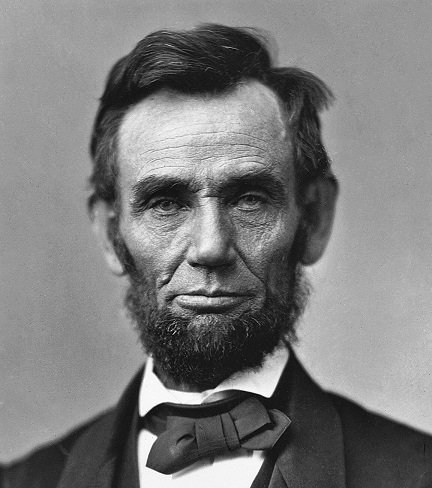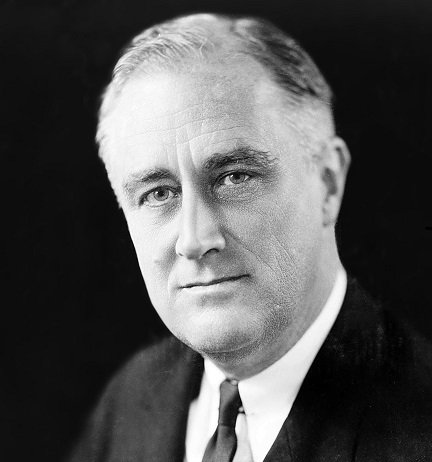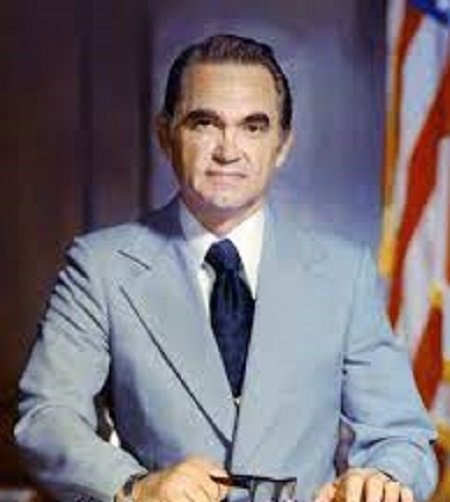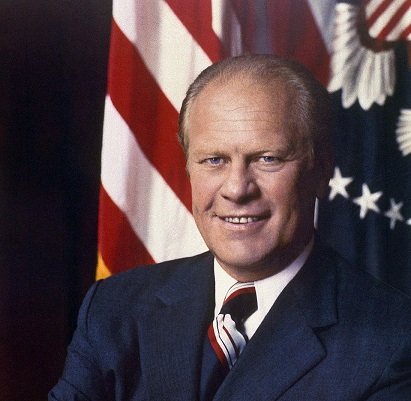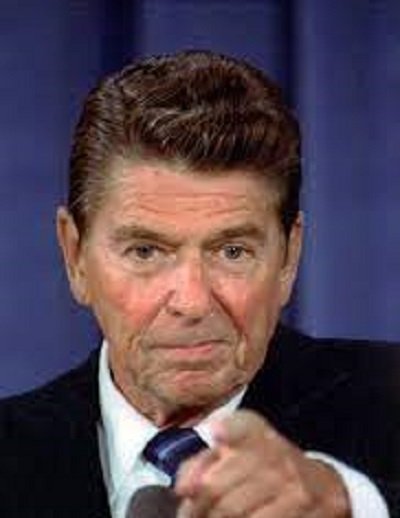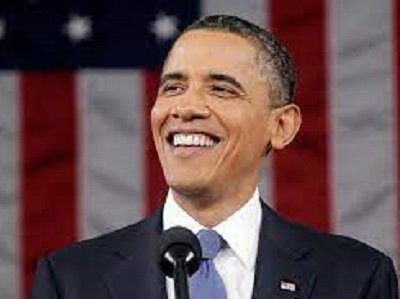Throughout American history, there have been numerous assassination attempts that have left an indelible mark on the nation’s collective memory. From Abraham Lincoln to Barack Obama, these incidents have shaped the course of history, highlighting the risks and challenges faced by leaders. Whether successful or thwarted, these attempts serve as poignant reminders of the fragility of democracy and the enduring struggle for security and stability. Exploring the stories behind these 10 famous assassination attempts provides a glimpse into pivotal moments in American history and the resilience of those who have held the highest office in the land.
Abraham Lincoln (1865)
Abraham Lincoln, the 16th President of the United States, is forever etched in history as one of America’s most revered leaders. Tragically, his presidency was cut short by an assassination attempt on April 14, 1865. John Wilkes Booth, a Confederate sympathizer, shot Lincoln while he was attending a play at Ford’s Theatre in Washington, D.C. The nation was plunged into mourning when Lincoln passed away the following day, making him the first U.S. president to be assassinated.
Lincoln’s assassination came at a critical juncture in American history, just after the end of the Civil War and during the process of Reconstruction. His leadership and vision played a pivotal role in guiding the nation through one of its most challenging periods, including the emancipation of slaves and the preservation of the Union. Lincoln’s untimely death only intensified the reverence and admiration for his legacy, making him an enduring symbol of freedom, equality, and perseverance. His impact on American history is immeasurable, and his assassination serves as a stark reminder of the deep divisions and struggles faced during that era.
Theodore Roosevelt (1912)
Theodore Roosevelt, the 26th President of the United States, was a larger-than-life figure known for his boundless energy and progressive policies. In 1912, while campaigning for a non-consecutive third term, Roosevelt survived an assassination attempt that could have altered the course of American history. On October 14, 1912, in Milwaukee, Wisconsin, a would-be assassin named John Flammang Schrank shot Roosevelt in the chest at close range. Remarkably, Roosevelt’s life was saved by his folded speech and a metal glasses case, which slowed down the bullet’s impact.
Despite his injuries, Roosevelt went on to deliver his scheduled 90-minute speech before seeking medical attention. This incident showcased Roosevelt’s indomitable spirit and resilience, solidifying his reputation as a fearless leader. His remarkable recovery and determination further cemented his place in American history as a trailblazer and advocate for progressive reforms, leaving an enduring legacy that resonates to this day.
Franklin D. Roosevelt (1933)
Franklin D. Roosevelt, the 32nd President of the United States, faced an assassination attempt early in his presidency that had far-reaching consequences. On February 15, 1933, in Miami, Florida, during a public event, Giuseppe Zangara opened fire, intending to assassinate President-elect Roosevelt. Tragically, Zangara’s shots missed Roosevelt but struck Chicago Mayor Anton Cermak, who was standing nearby. Cermak later succumbed to his wounds.
See also: 13 Worst Cases of People Being Wrongfully Accused in US history
The attempted assassination highlighted the need for improved security measures for public figures. Despite the ordeal, Roosevelt went on to serve an unprecedented four terms in office, guiding the nation through the Great Depression and World War II. His leadership and implementation of the New Deal policies revitalized the economy and left a lasting impact on American society. Roosevelt’s ability to inspire and connect with the American people in times of great adversity solidified his place as one of the country’s most influential and beloved presidents
Harry S. Truman (1950)
Harry S. Truman, the 33rd President of the United States, faced a harrowing assassination attempt during his presidency. On November 1, 1950, two Puerto Rican nationalists, Oscar Collazo, and Griselio Torresola, sought to assassinate President Truman at Blair House in Washington, D.C. Truman was residing there temporarily while the White House underwent renovations.
As the assailants approached Blair House, a shootout ensued with White House police officers. Torresola managed to mortally wound Officer Leslie Coffelt before being shot and killed himself. Collazo was apprehended and later sentenced to death, though Truman commuted his sentence to life imprisonment.
The attempt on Truman’s life underscored the ongoing security challenges faced by American presidents. Truman’s resolute leadership during this period was further tested by the Korean War and domestic political tensions. His presidency ultimately left an indelible mark on American history, and the assassination attempt serves as a reminder of the dangers and sacrifices faced by those who hold the highest office in the land.
John F. Kennedy (1960)
John F. Kennedy, the 35th President of the United States, narrowly escaped an assassination attempt even before his presidency began. On December 11, 1960, in Palm Beach, Florida, Richard Paul Pavlick plotted to detonate dynamite inside Kennedy’s car during a campaign stop. Fortunately, Pavlick was apprehended before he could carry out the attack.
This foiled assassination attempt foreshadowed the tragic events that would unfold during Kennedy’s presidency. Just over two years later, on November 22, 1963, Kennedy was assassinated in Dallas, Texas, shaking the nation to its core.
Kennedy’s presidency, though brief, left an enduring impact on American history. He championed civil rights, pushed for space exploration, and inspired a generation with his idealism and charisma. The failed attempt on his life serves as a stark reminder of the dangers and challenges faced by those in positions of leadership, and the tragic events that unfolded later continue to shape the collective memory of the nation.
George Wallace (1972)
George Wallace, the segregationist governor of Alabama, became a victim of an assassination attempt during his presidential campaign in 1972. On May 15, 1972, while addressing a crowd in Laurel, Maryland, Wallace was shot and critically wounded by Arthur Bremer.
The assassination attempt left Wallace permanently paralyzed from the waist down and effectively ended his political career. Wallace, who had previously stood for racial segregation, later expressed regret for his segregationist views and worked towards racial reconciliation in the later years of his life.
The attempt on Wallace’s life serves as a reminder of the turbulent civil rights era and the deeply divided opinions on racial issues at the time. While Wallace’s political legacy remains controversial, the assassination attempt became a turning point in his life, leading him to reevaluate his beliefs and work toward unity and understanding.
Gerald Ford (1975)
Gerald Ford, the 38th President of the United States, faced an assassination attempt just a month after taking office. On September 5, 1975, in Sacramento, California, Lynette “Squeaky” Fromme, a follower of Charles Manson, aimed a loaded gun at President Ford with the intent to assassinate him. However, Secret Service agents quickly subdued her before she could fire a shot.
See also: 6 Most Notorious Female Serial Killers in the United States
The incident highlighted the ongoing security threats faced by U.S. presidents. Despite the danger, Ford maintained a calm demeanor and continued to fulfill his presidential duties. His presidency was marked by efforts to heal a divided nation following the Watergate scandal and the Vietnam War.
Ford’s ability to navigate challenging circumstances and promote national unity solidified his reputation as a steady and level-headed leader. The assassination attempt served as a reminder of the risks faced by those in positions of power and the importance of effective security measures.
Ronald Reagan (1981)
Ronald Reagan, the 40th President of the United States, survived a shocking assassination attempt that shook the nation. On March 30, 1981, John Hinckley Jr. shot Reagan outside the Hilton Hotel in Washington, D.C. The bullet lodged near Reagan’s heart, resulting in a punctured lung and significant internal bleeding. Quick medical attention and surgery saved his life.
The assassination attempt sparked concern and reflection on the safety of public figures. Reagan’s remarkable recovery and resilience became a testament to his strength of character. His presidency continued with an unwavering commitment to conservative policies, including tax cuts, deregulation, and strong defense.
Reagan’s ability to connect with the American people and his reputation as the “Great Communicator” remained unshaken. The assassination attempt reinforced the need for enhanced security measures for presidents and further cemented Reagan’s legacy as a resilient and influential leader who navigated significant challenges during his tenure in office.
Bill Clinton (1994)
Bill Clinton, the 42nd President of the United States, faced a chilling assassination attempt during his presidency. On October 29, 1994, Francisco Martin Duran fired multiple shots at the White House from Pennsylvania Avenue. Duran’s aim was to assassinate President Clinton.
Fortunately, none of the bullets struck the president or any members of his family. The incident prompted an immediate response from the Secret Service and led to Duran’s apprehension.
The assassination attempt on President Clinton highlighted the ongoing threats faced by those in positions of power. Despite the incident, Clinton continued to lead the country, focusing on issues such as economic growth, welfare reform, and international diplomacy during his presidency.
The failed attempt on Clinton’s life serves as a sobering reminder of the risks faced by world leaders and the vital role of security measures in protecting them. It also underscores the resilience and determination of individuals like President Clinton to persevere in the face of adversity.
Barack Obama (2011)
Barack Obama, the 44th President of the United States, encountered a notable assassination attempt during his time in office. In November 2011, Oscar Ramiro Ortega-Hernandez fired multiple shots at the White House with the intention of assassinating President Obama. Fortunately, the president and his family were not present at the time.
The incident triggered a massive response from law enforcement agencies, and Ortega-Hernandez was apprehended shortly thereafter. His motive was later revealed to be a result of personal grievances and delusions.
The assassination attempt on President Obama served as a stark reminder of the immense challenges and potential dangers faced by public figures. Despite the incident, Obama remained steadfast in his leadership, focusing on issues such as healthcare reform, economic recovery, and international diplomacy during his presidency.
The failed attempt on Obama’s life underscores the ongoing importance of security measures in protecting world leaders and upholding the stability of democratic societies.
Conclusion
The 10 famous assassination attempts in American history stand as poignant reminders of the risks and challenges faced by leaders. From Lincoln to Obama, these incidents have left an enduring impact on the nation’s collective memory. They underscore the need for enhanced security measures and serve as powerful reminders of the resilience and determination exhibited by those who have held the highest office in the land. These attempts symbolize the ongoing struggle for stability and the relentless pursuit of democracy in the face of adversity.
 Skip to content
Skip to content
